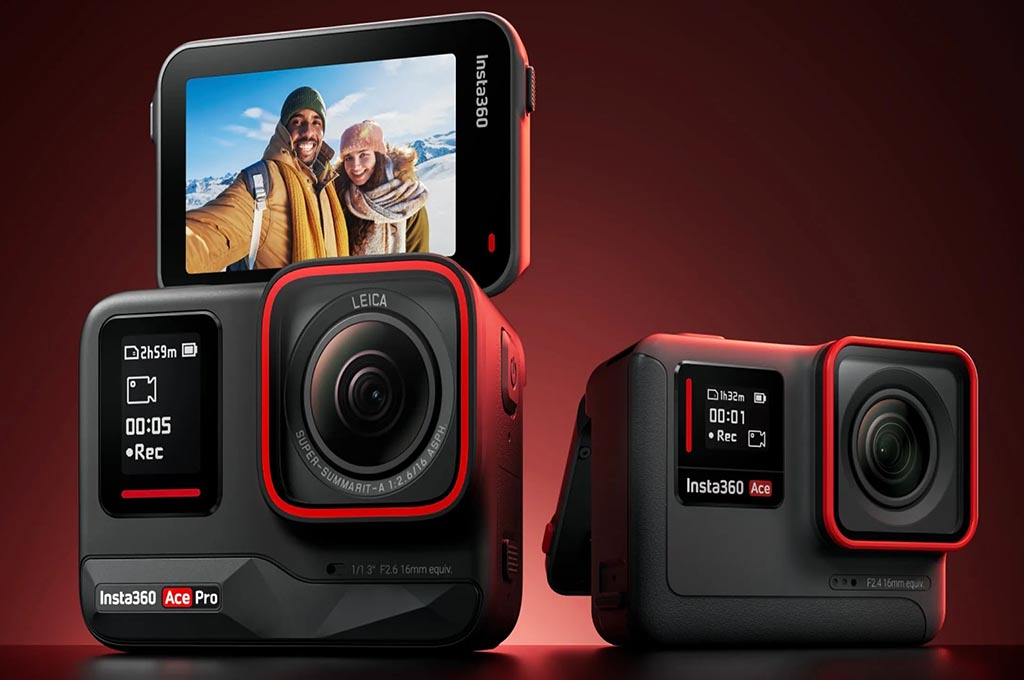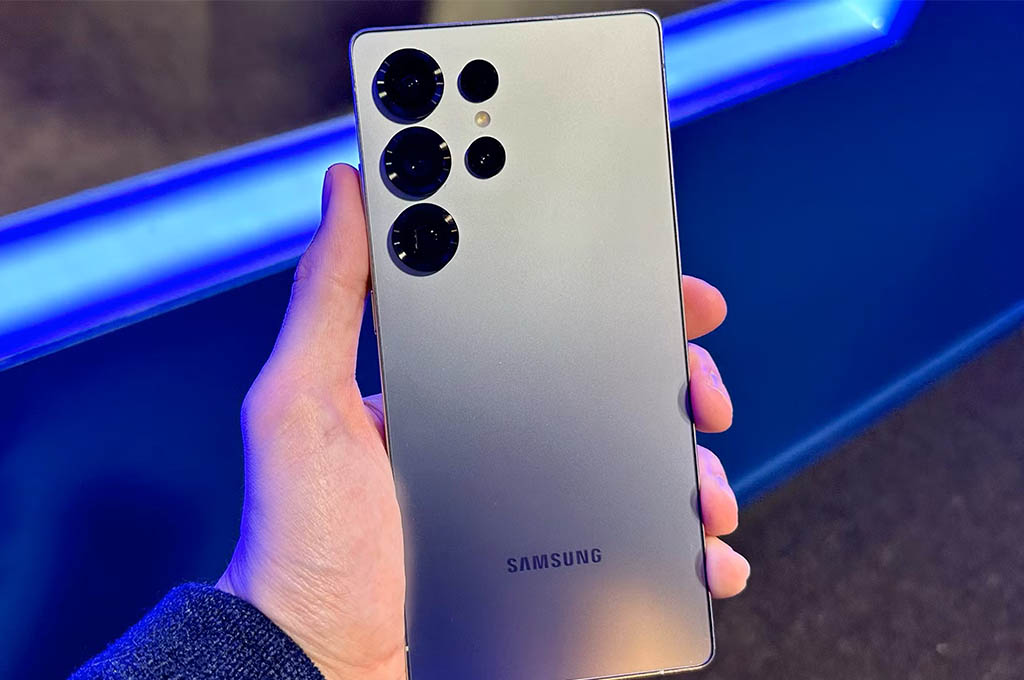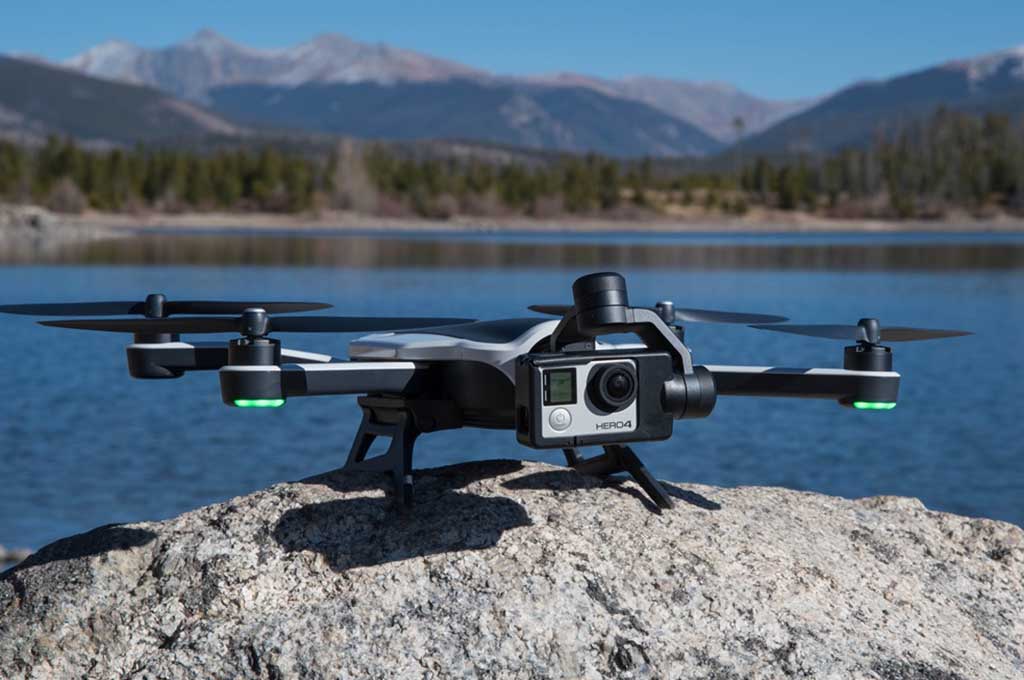GoPro: Re-Framing the Action Camera Narrative

GoPro, a name synonymous with high-octane action and adventure capture, finds itself navigating a challenging landscape. Once the undisputed champion of the action camera market, the company is facing headwinds as consumer needs evolve and competition intensifies. While reports of its demise are premature, the brand undeniably needs to recalibrate its strategy to remain relevant in a world where smartphones boast increasingly sophisticated imaging capabilities.
The Rise of Fierce Competition:
GoPro’s early dominance allowed it to cultivate a strong brand identity centred around extreme sports. However, this focus inadvertently created an opening for competitors like Insta360 and DJI. These rivals astutely targeted a broader audience of everyday content creators, offering more versatile and user-friendly devices. While GoPro continued to refine its HERO series with professional-grade features, these competitors were capturing the attention – and the wallets – of casual users seeking compact and adaptable cameras for vlogging, family moments, and travel adventures. The delayed entry of the latest HERO into this more accessible segment highlights a potential misstep in recognising the shifting market dynamics.
The product offerings from competitors often boasted innovative features and designs that resonated with a wider consumer base. Smaller form factors, 360-degree capabilities, and intuitive software integrations proved particularly appealing. These brands actively engaged with their audience, frequently releasing new products and accessories, generating buzz and maintaining a strong market presence. This proactive approach contrasted with GoPro’s more incremental updates, potentially leading to a perception of the brand lagging behind in innovation for the everyday user.
Marketing Misses the Mark:
GoPro’s marketing strategy, while iconic, may now be a limiting factor. Its continued emphasis on extreme sports imagery risks alienating a significant portion of potential customers who seek rugged and reliable cameras for more commonplace activities. The disconnect between the aspirational content GoPro showcases and the practical needs of most users creates a barrier to wider adoption. Consumers seeking a durable and straightforward camera for their holidays or family outings might not immediately associate GoPro with those use cases.
The perception of GoPro as a premium, often expensive, product can be a deterrent for casual users. While the quality of GoPro’s image processing remains highly regarded, the price point of its flagship models can be difficult to justify for individuals whose primary recording needs are already met by their smartphones. A failure to effectively communicate the value proposition beyond extreme sports has likely contributed to the brand’s recent struggles.
The Smartphone Challenge:
The relentless advancement of smartphone camera technology presents a significant hurdle for dedicated action camera manufacturers. Modern smartphones offer impressive image quality, stabilisation, and a level of convenience that is hard to beat for everyday recording. For many consumers, the need for a separate action camera diminishes when their phone can capture high-quality video and photos in most situations.
Unless the specific requirements include extreme durability, specialised mounting options, or ultra-wide field of view for demanding environments, a smartphone often suffices. This has transformed the action camera from a perceived necessity for capturing active moments to more of a niche luxury item, particularly at the higher price points traditionally associated with GoPro’s premium offerings.
Untapped Potential and Brand Resilience:
Despite the current challenges, GoPro possesses significant inherent strengths. Its brand recognition remains exceptionally high, and it has cultivated a loyal customer base. The name “GoPro” has almost become a generic term for action cameras, a testament to its initial market dominance. The company has demonstrated resilience in the past, successfully navigating setbacks like the post-Karma drone difficulties by focusing on subscription services and streamlining operations.
This prior experience of adapting to adversity suggests that GoPro has the capacity to reinvent itself once again. The strong brand equity and established hardware expertise provide a solid foundation upon which to build a new strategic direction. The key lies in identifying and capitalising on new opportunities within the evolving content creation landscape.
Avenues for Strategic Pivots:
To regain momentum, GoPro needs to consider a strategic pivot that broadens its appeal and product portfolio. One potential path involves emulating the approach of competitors like Insta360 by introducing a wider range of products with innovative features and accessories that cater to diverse user needs and price points. This could include smaller, more affordable cameras targeted at entry-level creators or devices with unique functionalities that differentiate them from smartphone capabilities.
Another viable strategy could involve following DJI’s lead by expanding into a comprehensive content creation ecosystem. This might include drones, power solutions, and other related products, leveraging the GoPro brand to gain traction in adjacent markets. While this would require significant investment, it could provide the much-needed novelty and diversification to reignite growth.
GoPro could explore the possibility of licensing its intellectual property to established imaging giants like Nikon or Canon. Partnering with a larger entity could provide the resources and market access needed to future-proof the brand, although the outcomes of such acquisitions can be unpredictable.
Conclusion:
GoPro stands at a critical juncture. While the challenges are significant, the brand’s inherent strengths and past resilience offer a glimmer of hope. By adopting a more inclusive marketing strategy, diversifying its product range to appeal to a broader spectrum of content creators, and potentially exploring strategic partnerships or adjacent markets, GoPro can still carve out a successful future.
The unique feel and renowned image processing of GoPro cameras are valuable assets that, with the right strategic direction, can once again capture the hearts and wallets of consumers. The action camera narrative may need rewriting, but GoPro still has the potential to play a leading role.



